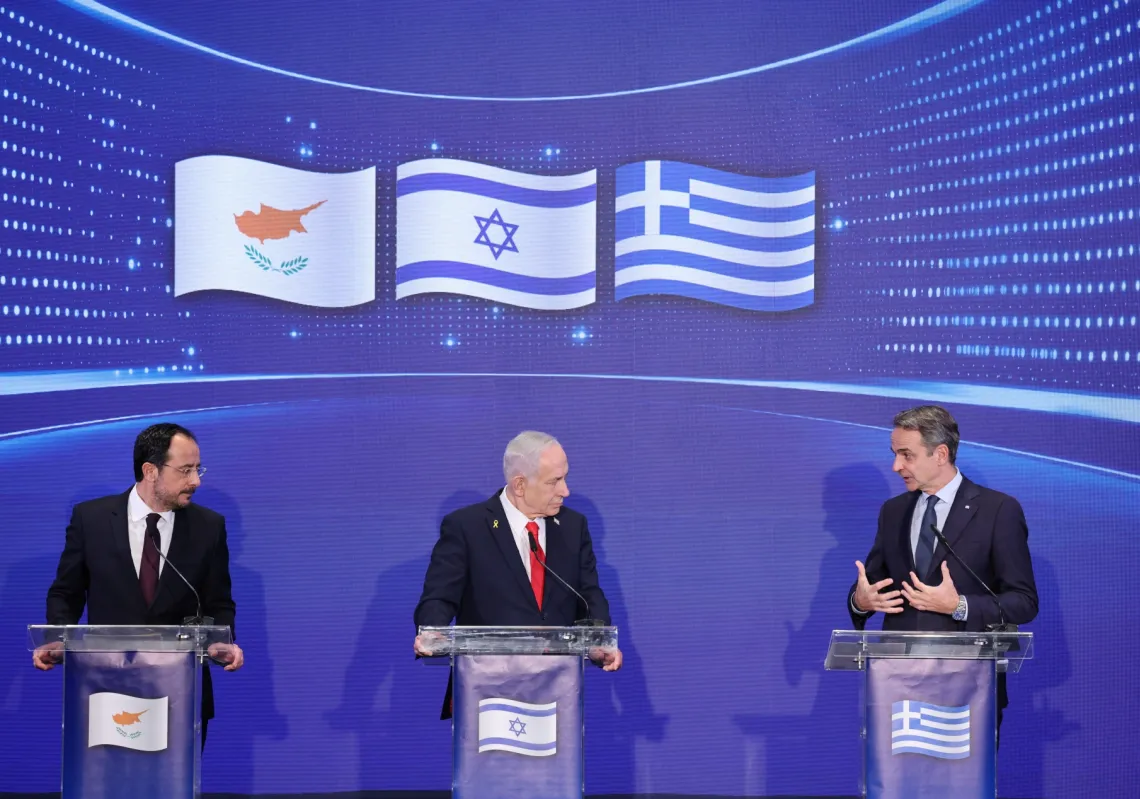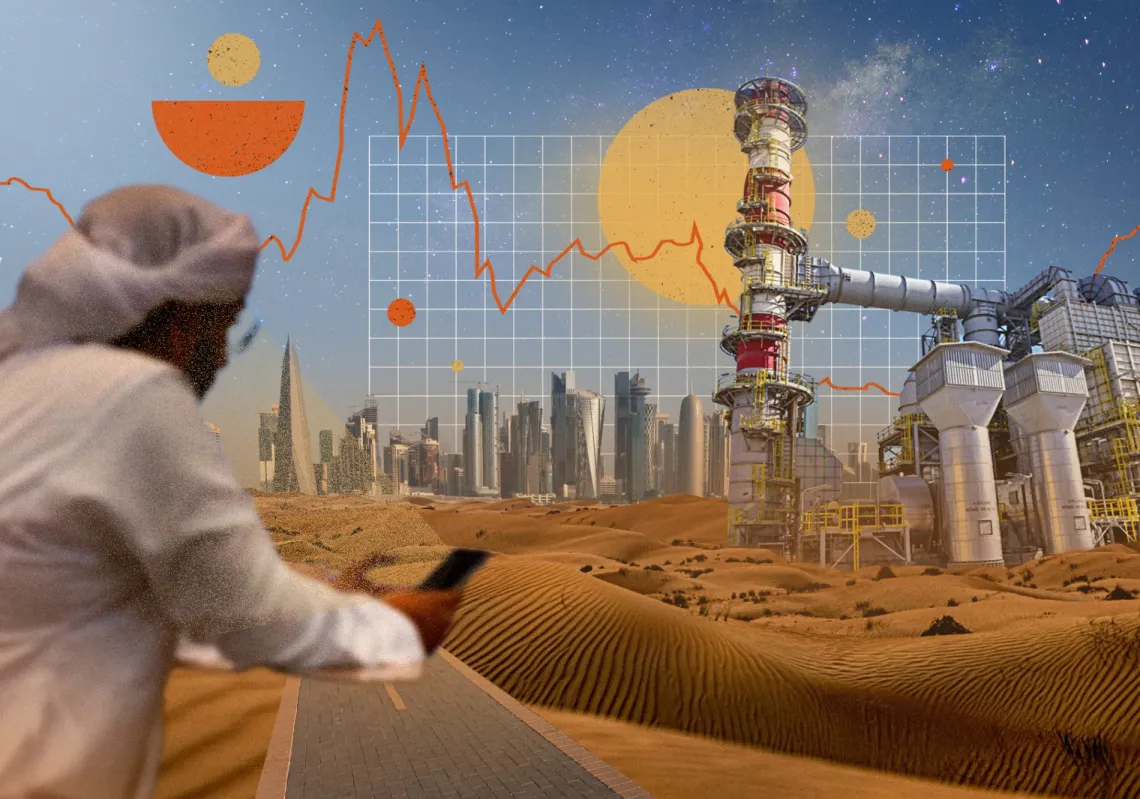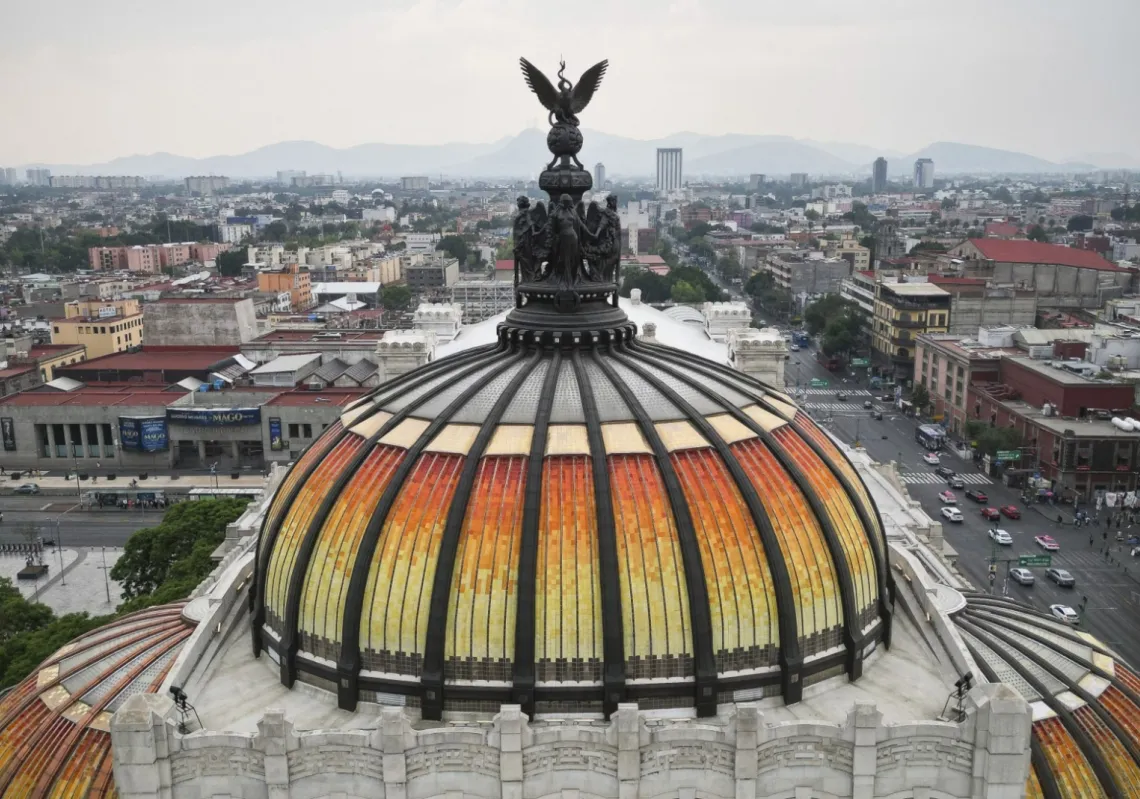Earlier this month, Hezbollah’s ‘war media’ department seemed to be in its element as the group unveiled its new Imad 4 “missile city”, to the awe of its support base.
Releasing the video, the department’s operators said its primary purpose was to conduct psychological warfare against the enemy. Judging by the cheers, it was also designed to boost the group’s dented morale.
The complex is described as “a military city in the mountains”, which plays on the group’s phrase: “Our mountains are our treasuries.”
The video includes footage of tunnels wide enough to accommodate trucks carrying missiles, launch platforms for heavy missiles, and a “secure” communication network linked to the outside world.
Moreover, Imad 4 boasts a high-security system, a field hospital, and life support infrastructure to enable self-sufficiency and sustained operations for up to a year without external support.
The facility’s symbolism
The facility was named after Lebanese militant leader Imad Mughniyeh, who was assassinated in Damascus in 2008. It once served as his headquarters. Qassem Soleimani, the Iranian commander of the elite Quds Force, supposedly also visited the site before his assassination by US forces in Baghdad in 2020.

Currently overseen by Hezbollah’s Secretary-General Hassan Nasrallah, its name (Imad 4) suggests the existence of three other such “missile cities” that are widespread in Iran.
In the video, emotional elements are strategically sequenced, targeting an audience beyond Israel. Some will not recognise the significance of the opening Quranic verse: “Indeed, we have given you a clear conquest.” This verse parallels “Victory from Allah and an imminent conquest,” which the base views as prophetic.














